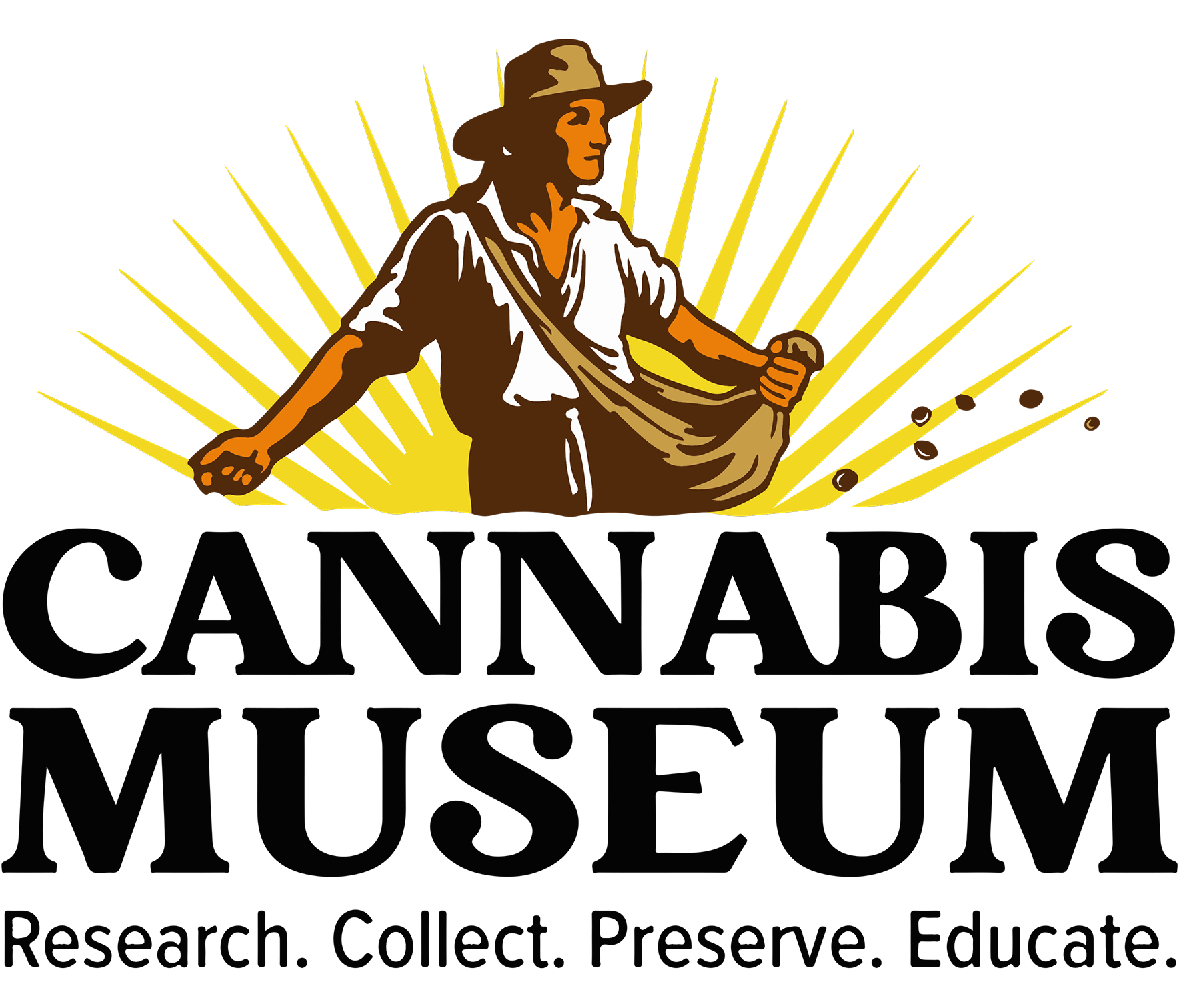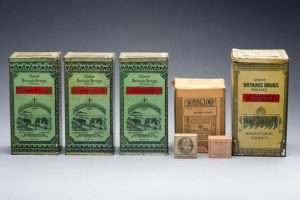Herbal Use of Cannabis Spread Northward
In the early twentieth century, herbal Cannabis was available in almost every corner drugstore, and was often less expensive than decent tobacco. The Parke-Davis Co. 1910 catalog lists its premium Cannabis americana at a cost of $1.65 a pound, which was prepackaged in one ounce packets or small cardboard boxes. This era saw many attacks on what social campaigners painted as immoral vices. Tobacco and alcohol were often locally or regionally banned. For the most part, Cannabis survived this early onslaught of moralism on the fringe. Those with money would purchase Cannabis elixirs or maybe a little hashish. Smoking the dried herb was generally relegated to the labor classes. For centuries in the Caribbean and southern U.S., the smoking of Cannabis was promoted to pacify slaves on the plantations. There were also large populations of indentured East Indian sugar cane workers who knew about the smokable Cannabis indica, native to their homeland. From the plantations, the smoking and farming of Cannabis spread to coastal Mexico and the cities of the southern states, with New Orleans as its influential port. In the early twentieth century, as the labor force began to leave the farms of the south for the factories of the industrial northeast, the recreational use of inexpensive Cannabis spread. Its popularity is evident in the lyrics of jazz and blues songs, as well as casual references in the popular literature of the period. When prohibition of alcohol was enacted, Cannabis became a preferred alternative. At the end of alcohol prohibition in 1933, the police forces that had expanded their forces to fight demon liquor needed a new mission. The Reefer Madness campaign was conceived by federal bureaucrat Henry Anslinger to influence mainstream America to believe that “marijuana” smoking was a scourge of undesirables and minorities. The choice to direct police resources toward fighting “Reefer Madness” played well with the anti-civil rights narrative of the time. Cannabis Sativa, Parke Davis & Co., Detroit, Mich., tin rectangular can with hinged lid. 9″ x 4 1/4″ x 3 3/4″. Cannabis Indica, Parke Davis & Co., Detroit, Mich., tin rectangular can with hinged lid. 9″ x 4 1/4″ x 3 3/4″. Moroccan Hashish, Parke Davis & Co., Detroit, Mich., tin can with hinged lid. 9″ x 4 1/4″ x 3 3/4″. Indian Cannabis, J.L. Hopkins & Company, New York City, cardboard box. Indian Cannabis, (Cannabis Indica) Properties: Narcotic, nerve sedative, antispasmodic, anodyne. Infusion, one ounce to a pint of water. Dose: A desert spoonful. 2″ x 2 1/8″ x 1″. Cannabis U.S.P., Parke Davis & Co. Cannabis USP, cardboard box. Cannabis U.S.P. (Cannabis Sativa, L.) No. 144, marked POISON, Physiologically tested, Parke, Davis & Co., Detroit, MI. 1 7/8″ x 1 7/8″ x 1″. American Cannabis, Initial Line, Crude Drugs S.B. Penick & Company New York American grown Cannabis, 1/2 Pound, Cardboard box with hermetically sealed interior package. 6″ x 4 1/2″ x 4 3/4″. Cannabis Sativa, Parke Davis & Co. Manufacturing Chemists, Detroit, MI. Tin can with hinged lid. 9″ x 5″ x 5″.
Purchase Print of Herbal Use of Cannabis Spread Northward

